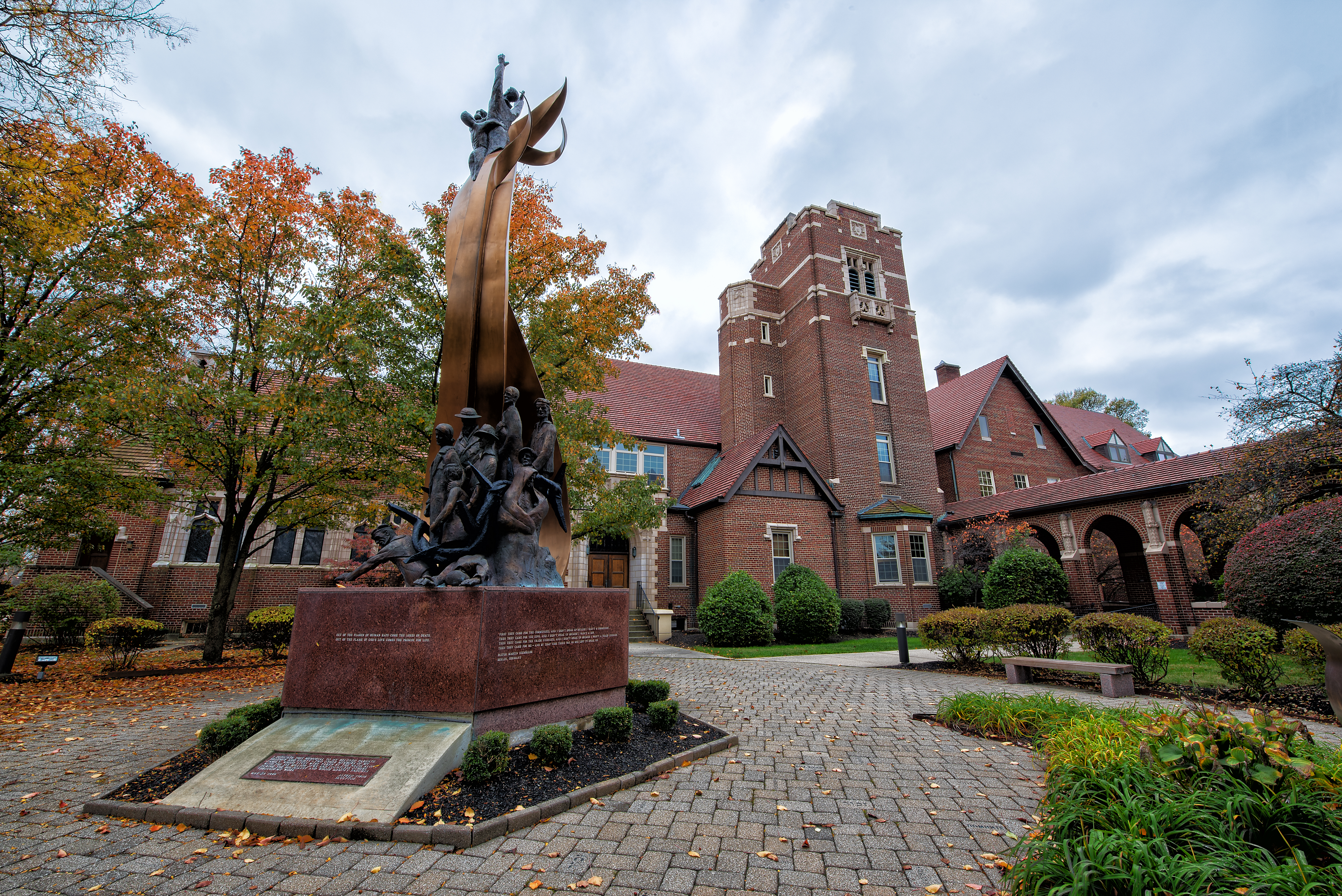After a long separation, Trinity Lutheran Seminary will be reuniting with Capital University.
Although Capital was not chartered until 1850, its involvement with the seminary dates back to as early as 1830. The university and the seminary were affiliated officially until 1960, when the American Lutheran Church came into existence and the seminary began to exist separately.
With growing undergraduate enrollment, outside Church leaders saw that the responsibility to manage two institutions was too great for just one person. They also wanted more direct control over the seminary.
After a board discussion, the separation became legally effective on July 1, 1959.
While they have been legally separated, the two institutions have still been intertwined; seminary students use some of the buildings on the college campus and vice versa, and the seminary still gets heating and air conditioning from the university.
For this reason, university and seminary leaders alike have preferred to address this as a “reunion” rather than a merger between two foreign bodies.
Capital’s Lutheran affiliation has always served as a source of identity—promoting interreligious conversation and acceptance of diversity in higher education. This mission is a commonality between the two institutions, and current leaders feel that the reunion will strengthen its effect on students.
“It’s all about inclusivity and realizing we’re not all the same,” President Beth Paul said. “It should be a context that really supports and encourages people to explore within and outside and to have some integrative experiences that tie all that together.”
President Paul believes that this promotes good thoughts about what the university values and provides a meaningful reflection about what this university is really all about.
This reunion’s reaffirmation of Lutheran values and identity is truly representative of President Paul’s overarching idea of “purpose” for the university. As times change, it can be helpful to reflect back on the founding principles of the university, and the seminary is a great reminder of that.
Since the recent announcement, changes have been occurring behind the scenes in regards to financial and legal partnering as well as figuring out matters of academics and leadership.
“We’re making connections between the different functions of the two institutions and trying to figure out what the best structure is to move forward,” Paul said.
The official agreement is planned to be finalized this upcoming summer, and the transition will occur gradually over the next two years.
This reunion will bring several interdisciplinary options, such as the commonality in focusing on church music and the connection between the Masters of Divinity and the nursing program. There will most likely be several other opportunities that arise as this reunion continues.
This new change is awaited with great anticipation and can be looked at as a reaffirmation of identity for both institutions.
As the transition progresses, both parties can look forward to positive changes and enrichment of the experience of higher education.

